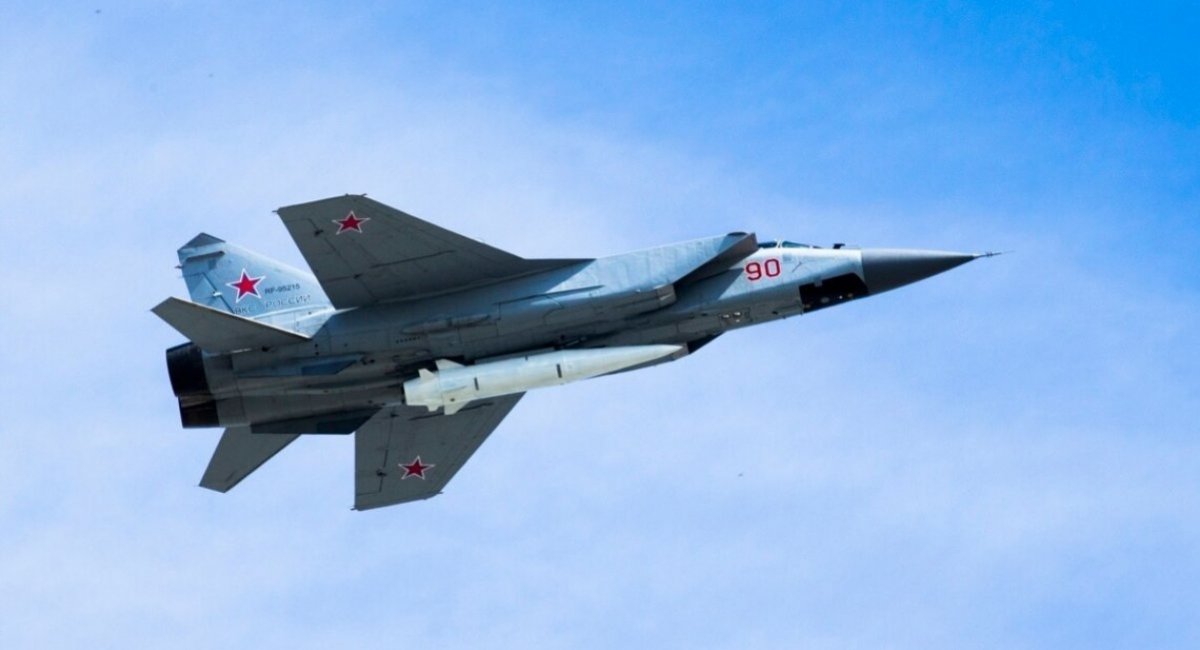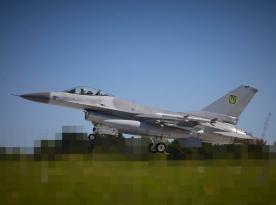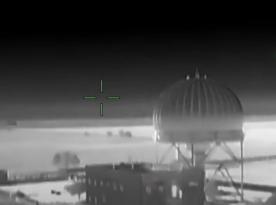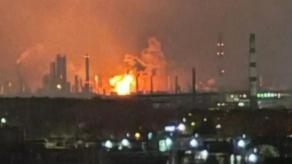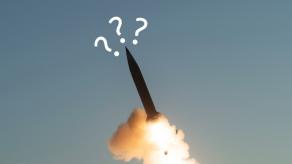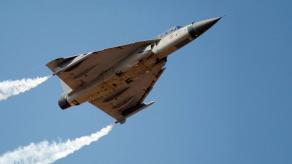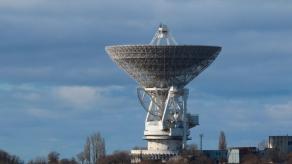The Kh-47 Kinzhal was supposed to become russia's trump card in a case of war against NATO, a "hypersonic" ballistic missile capable of breaching air defenses of any density and quality. However, under a thick layer of advertisement, there is a high-speed but not "hyper" solid-fuel missile dropping in speed on the terminal phase of flight and showing a 100% result — though, it's only the 100% of failure due to successful interceptions by Patriot air defense systems.
Ever since the Patriot was deployed and started taking down Kinzhals, the wreckage was gathered and closely studied by Ukraine and, most probably, by NATO as well. Defense Express compiled all the available-to-date open-source imagery to break down each section of this missile.
Read more: Not Defect But a Feature: Experts Explain Why Kh-47 Kinzhal Warheads Don't Explode
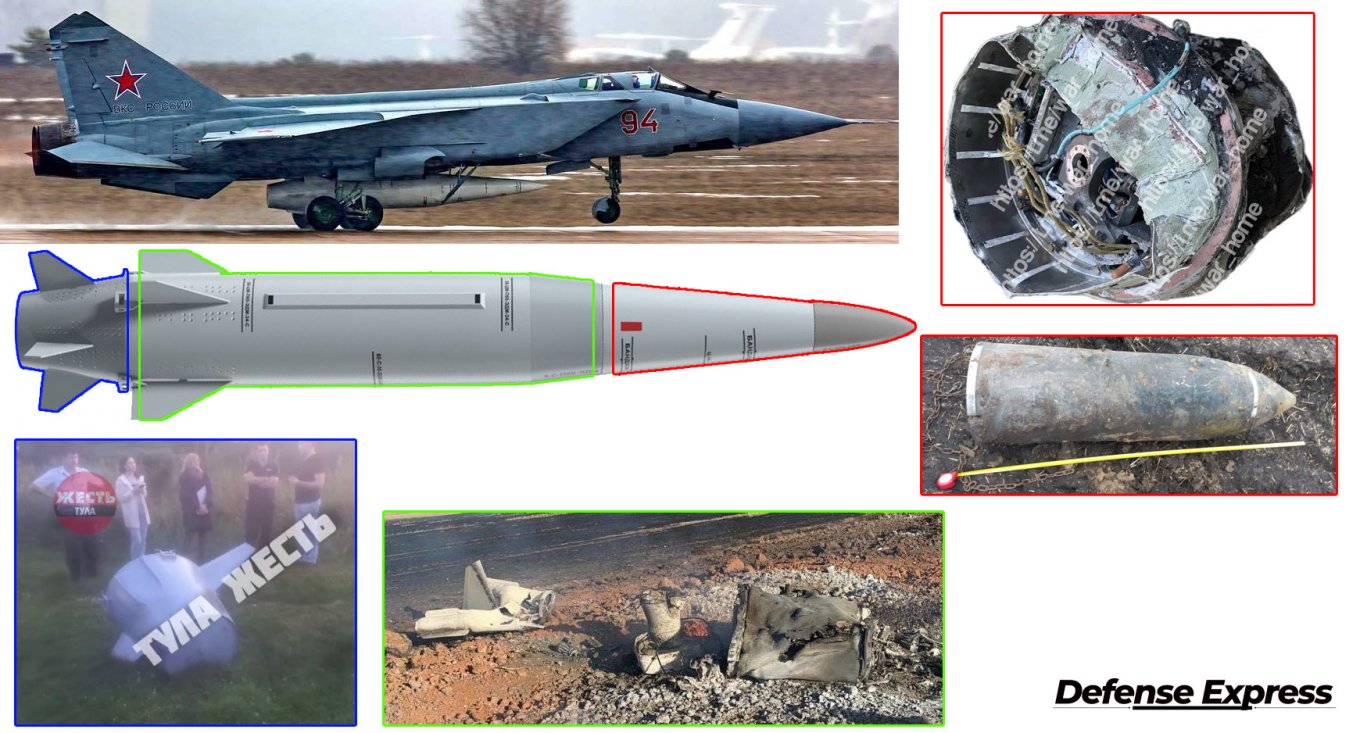
If we put aside the specially adapted MiG-31K aircraft, which performs the function of the first stage booster by carrying the missile up to the launch altitude and accelerating it to minimal initial speed, the ballistic missile itself has quite a simple design, with three tentative main components.
The tail covers the solid-fuel engine's nozzle and comes off as soon as the missile is released by its carrier. It falls near the release point, sometimes near residential areas. For instance, one was found by locals near the Mazalki village, Tula Oblast of russia.
After the tail is detached, the engine starts propelling the weapon toward its target area, reaching speeds as high as Mach 5 and beyond, being the reason why Kh-47 Kinzhal is considered "hypersonic." The engine only accelerates the missile to this speed, and after running out of fuel, Kinzhal starts slowing down due to the air resistance, even though most of the way it flies through low-density atmosphere at altitude of approximately 40 km above the earth. This part of the missile also has jet vane actuators for thrust vector control that enables active maneuvering of this missile.
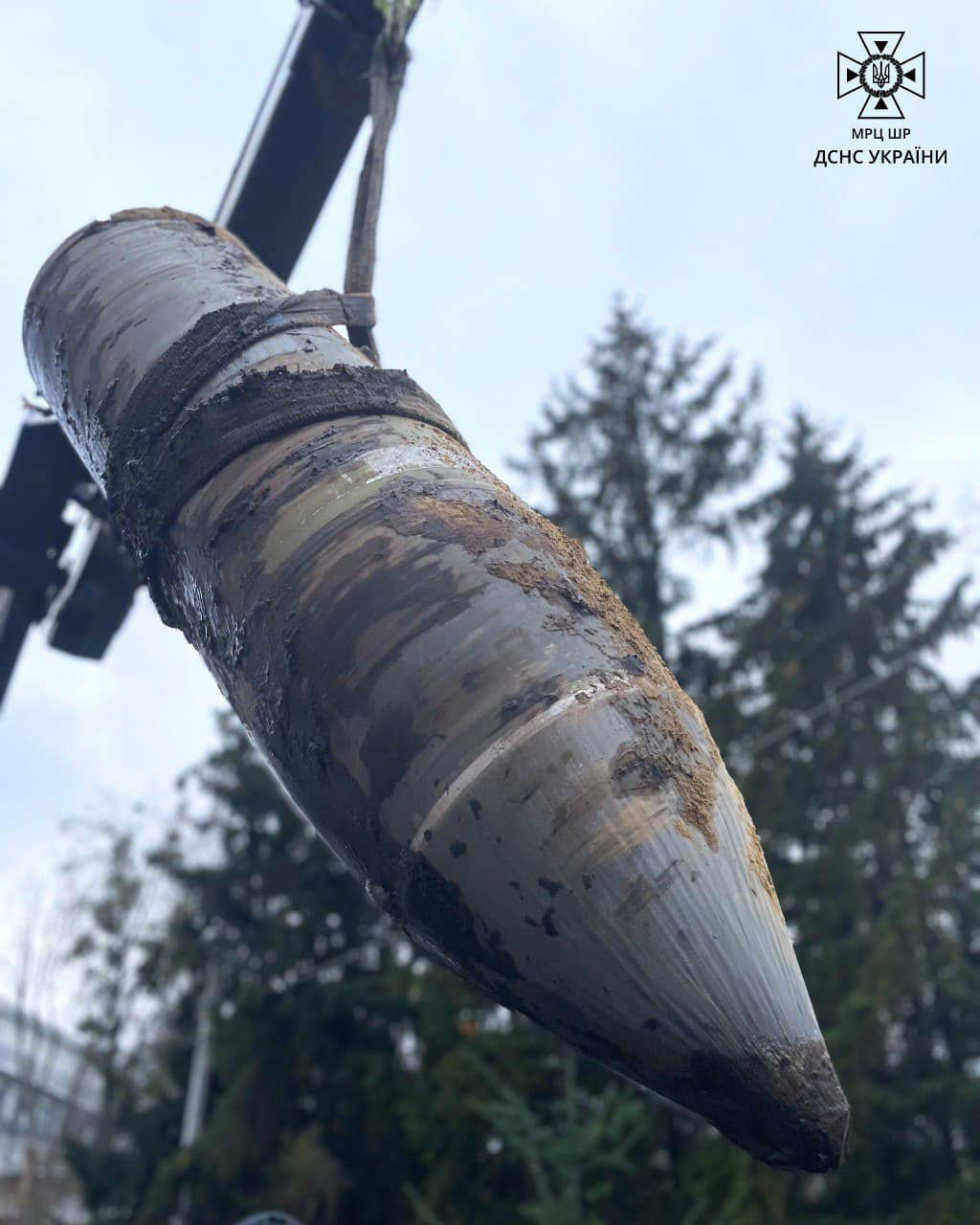
The head of Kinzhal consists of the warhead and the electronics module. The hardware includes power supply and guidance systems. The warhead observed in all cases so far is the same — a penetrating bullet-shaped type. It carries 150 kg of octogen, it produces firepower of 240 kg in TNT equivalent.
Such a warhead is triggered by a safety and arm device placed around the active radar homing head, responsible for terminal guidance. The homing head is located closer to the nose than the warhead, and it's capped with a nose cone made of radiolucent materials. The hardware unit also contains inertial and satellite navigation systems for midcourse guidance.

With high chance of probability, the homing head is the same as the one used for the 9M723 tactical attack missile for the Iskander short-range ballistic missile system. This type of active radar seeker is named 9B918 and it's one of the options for equipping a ballistic missile alongside its optical alternative, the 9E436.
The guidance principle of such active homing heads is based on comparing the radar signature of the target area with a pre-loaded reference image.
Read more: Illusion About Destroying Patriot is the Only Guarantee of Kremlin's Survival: About russian Nukes and NATO Anti-Missile Defenses



